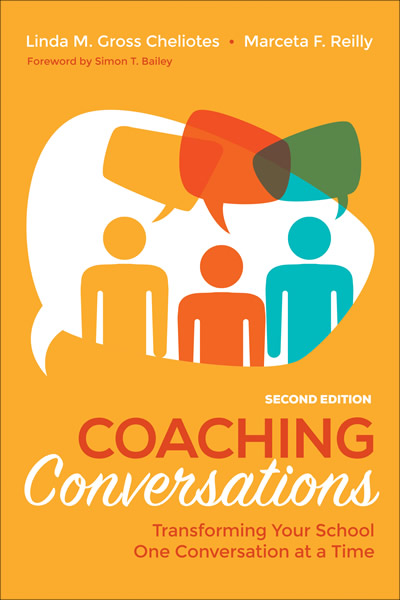 Moving Staff from Resistance to Commitment
Moving Staff from Resistance to Commitment
How do you move resistant staff from grudging compliance to real engagement? Often we leaders respond in ways that create an unproductive cycle: we push harder and they resist more. It becomes “us” versus “them”.
So read on to find an article I wrote which was published by ASCD in their monthly magazine, Educational Leadership in April of 2015. It explains different ways to respond that have potential to get you different results…
Resistance to change is a natural human tendency. We get comfortable with our routines, and it’s hard to muster the energy to change something when we don’t feel the urgency or need.
This reality presents a problem for educators who are responsible for leading a change initiative in their schools. Many wonder how they can get teachers to connect with the work with enthusiasm, energy, and effort.
The role of a change leader isn’t about “buying” or “selling” an idea—it’s about generating commitment. This can be really challenging work, especially at the beginning of an initiative. When a few teachers openly resist change, it can be very frustrating. Their resistance feels personal and hurtful. This feeling sometimes leads leaders to resort to strategies that actually work against moving teachers toward the desired changes.
The Many Ways Teachers Resist
I recently asked several learning coaches I work with to tell me about difficulties they encountered in getting teachers to implement changes like using differentiated instruction. Here’s some of what they shared:
My biggest problem is with a teacher who says, “Why do I have to change my teaching? It’s been working just fine for 25 years now.” I can’t get commitment because the majority of her students are proficient.
One teacher resists making—and keeping—appointments with me! There’s always some “good reason” why he has to delay our work together
Some teachers act as if I’m too young to know anything about teaching. I may not have [a particular teacher’s] length of experience, but I’m good at connecting with students using these new instructional strategies.
One teacher dismisses ideas I suggest by saying, “Oh, my kids could never do that! They can’t even do the basics very well.” And I’m thinking, isn’t that exactly the reason to try something different?
… And the Ways Leaders Respond
Can you hear the angst in these voices? These coaches feel angry, frustrated, even helpless; they don’t know what to do to connect well-intentioned teachers to something that could be very useful to them. You may have experienced such feelings yourself.
A leader’s response to a teacher’s reluctance to engage in change often follows one of the following patterns.
Using logic. In an attempt to put a face on the problem, a math coach might ask reluctant teachers to look at student achievement data, and then suggest one or two new strategies that could help them reach difficult-to-teach students—those whom the data clearly show are struggling. The problem with this approach is that the leader is talking from his or her head. For many teachers, the issue of underachieving students resides in their hearts. From their perspective, it’s not that they aren’t teaching well enough; it’s that the students—whom they care about—aren’t very smart, are lazy, or come from dysfunctional families.
Killing them with kindness. With this approach, a leader tries to be helpful in any way he can to build trust with reluctant teachers. This includes picking up materials for them, finishing their copy runs, bringing treats, and so on. This gets the leader points as a nice person, but won’t help build his credibility as an instructional guide.
Negotiating. Often, a leader thinks that if she can just get teachers to try a new instructional practice once, they’ll see its benefit and commit to doing it. So she bargains with them, perhaps cajoling a teacher into doing one part of a strategy if the leader will do the rest. This response will likely lead to compliance, but not ongoing commitment. Teachers’ use of the idea depends on a leader being there to do some heavy lifting.
Coercing. When a coach or principal feels fed up with a teacher’s reluctance, sometimes he or she pulls out the “power card.” By golly, this is a district requirement and teachers don’t have a choice. If they don’t start cooperating with the change, it’s going to show up in their evaluations. With this approach, you may get compliance, but at a minimal level. And you’ll certainly harm the relationship.
Now read the rest of the article to find out how three leaders took a better approach. Go to : http://goo.gl/EWYJKf









Comments on this entry are closed.